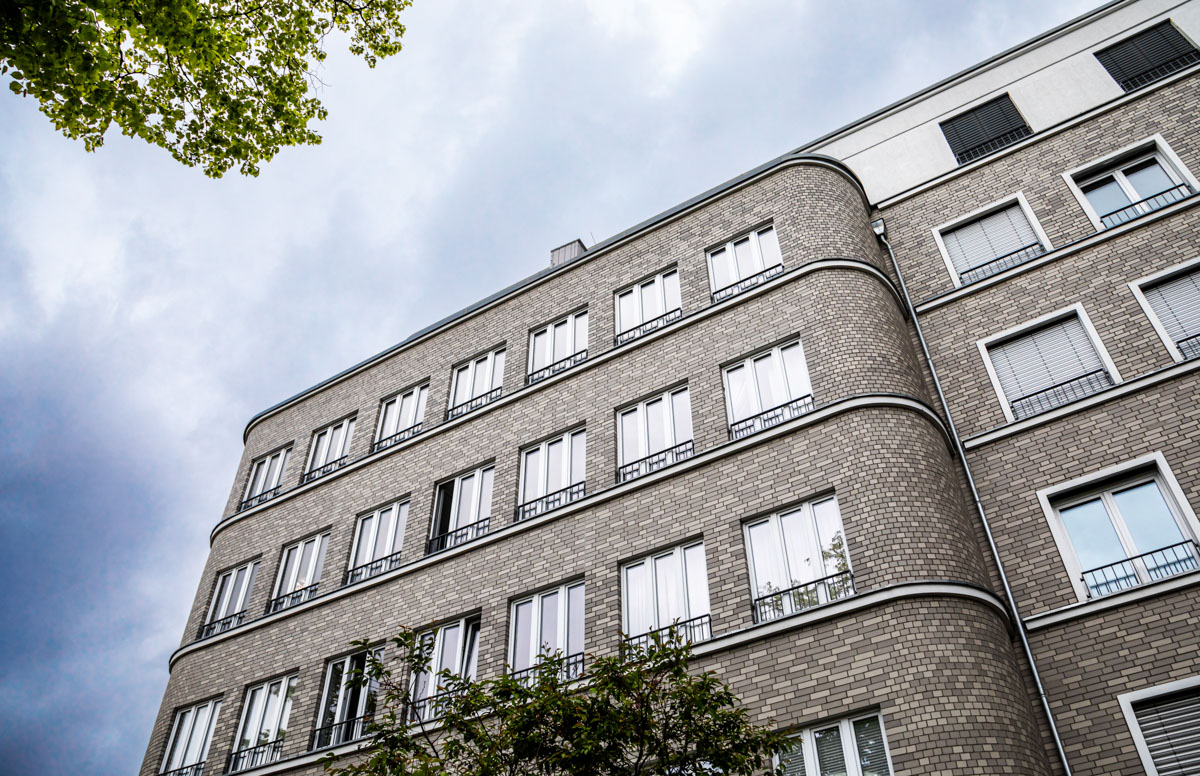

Diagnostics for your eye health
Anterior and posterior eye
with state-of-the-art technology in view
Table of contents
The Sanoculus ophthalmologists in Berlin attach great importance to comprehensive and precise diagnostics in order to provide you as a patient with the best possible treatment and to preserve your vision in the long term.
We distinguish between special consultations such as contact lens fitting and myopia in children (myopia) and diagnostics of the anterior and posterior segments of the eye.

Anterior eye
At the Sanoculus ophthalmologists in Berlin, comprehensive diagnostic examinations of the front eye are carried out. These include, among other things, the slit lamp examination, the examination of intraocular pressure and the assessment of the cornea and conjunctiva. With the help of state-of-the-art technologies such as optical coherence tomography (OCT), possible diseases such as conjunctivitis, keratitis or glaucoma can be detected at an early stage and treated effectively .
Posterior Eye
The diagnosis of the posterior segment of the eye also plays an important role for Sanoculus ophthalmologists. With the help of special examinations such as fundoscopy and OCT, diseases such as macular degeneration, diabetic retinopathy or retinal detachment can be detected at an early stage. Timely diagnosis and treatment can prevent or at least greatly slow down impending vision loss.


Visual field measurement / perimetry
Visual field measurement, also known as perimetry, is an important examination method to determine how well the optic nerve is functioning. Especially with high intraocular pressure, parts of the optic nerve can be damaged. Visual field measurement can detect losses in the peripheral visual area.
OCT
Optical coherence tomography, or OCT for short, captures detailed cross-sectional images of the retina to assess the different layers of the fundus of the eye.


Anomaloscope
The Anomaloscope is a modern device specifically designed to detect color blindness , providing accurate and reliable diagnosis.
Additional information: Every tenth man has a red-green weakness and only every 100th woman.
IOL Master
It is a measuring device that measures the entire eye very precisely. The following parts of the eye can be detected:
- Cornea
- Eyeball
- Front chamber
- Thickness of the crystalline lens


Pentacam
The image of a pentacam allows the visualization of the patient’s anterior segment of the eye. A Pentacam image is taken in preparation for cataract surgery .
Endothelial cell microscope
The endothelium is the innermost layer, the five-layer cornea of the eye. In order to see clearly, it is important to have many intact endothelial cells.


SLT Laser
SLT laser treatment for glaucoma is a method that works specifically and gently on the pigment cells of the eye in order to lower intraocular pressure.
NCT (Non-Contact Tonometry)
Non-contact tonometry (NCT) is a pleasant and non-contact method for measuring intraocular pressure.


YAG Lasers
The YAG laser is used when a patient suffers from cataracts, which often occur as a result of cataracts.
FAG Laser
Fluorescence angiography (FAG) enables a detailed assessment of the fundus of the eye down to the finest vessels of the retina.


Stop myopia (myopia in children)
Myopia, also known as myopia, is a common vision problem in children. People with myopia have difficulty seeing distant objects clearly, while close objects remain clearly visible. In recent years, the incidence of myopia in children has increased.
Have contact lenses fitted by an ophthalmologist
The use of contact lenses offers an excellent alternative to glasses, especially for patients who suffer from myopia or other refractive errors. In order to ensure optimal fitting and handling, the Sanoculus Ophthalmologists Roseneck offer special consultation hours for contact lenses .





